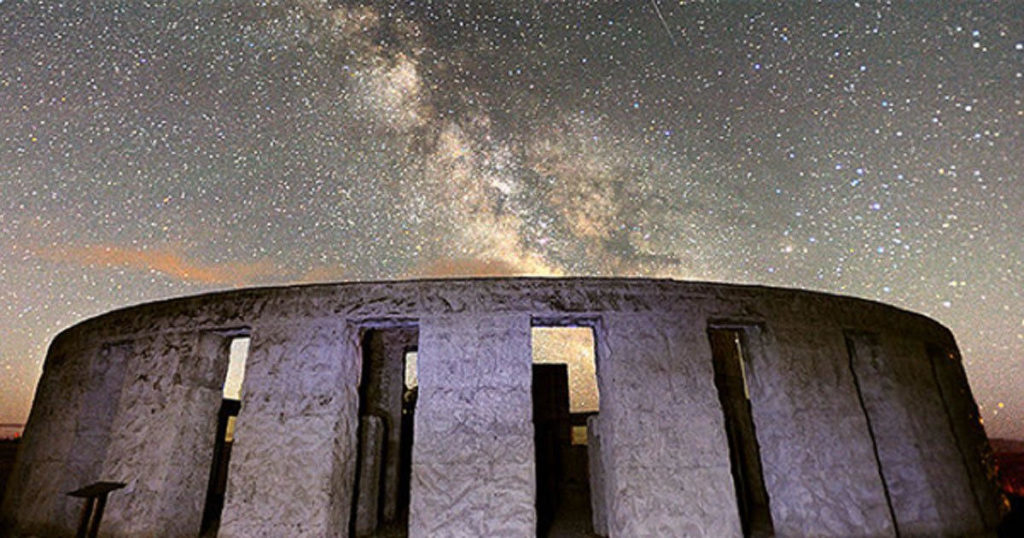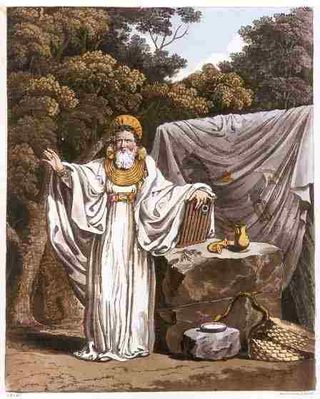
Most of the major works of the Earthwardens are dated throughout the Interregnum 50,000 to 70,000 in the past. The planet was still in turmoil from the Galactic Civil Wars so it’s expected that some of their work has been lost to the still changing planetary surface.
Xa’ar has some new material on the Earthwardens, but I thought I would explore the most significant endeavors built by the Earthwardens.
Coral Roads:
- Ancient submarine “highways”
- Above ground entries to the network are cleverly hidden in rocky coastlines or lonely atolls. follow island chains and undersea ridges, always in shallow water.
- Inside, the roads are arched corridors made up of coral and shell; some areas are translucent to allow filtered sunlight to illuminate the tunnels by day.
- Access via Earthwarden artifacts.
I hope that many GM’s have introduced the Coral Roads in their SW games/campaigns. Not only is it a great SW “element”, but it does allow the players to travel safely from one area to another and enforces the broader concept that Kulthea has many secrets.

ENIGMATIC ANCIENT STRUCTURES:
The Earthwardens left many mysterious structures around Kulthea. Some have been repurposed or cities and towns have sprung up around them without the people even knowing the age or provenance of these buildings. Almost all are built with interlocking stones of Cavarite.
Essaence Towers. Often built at the nexus of an Essaence Foci, the towers can be seen as power conductors or antennae: they can focus and control nearby Flows. The use of these towers is beyond most today, but a few hold this secret knowledge…

Essaence Spheres. It’s believed that the Earthwardens built undergrounds complexes to store and protect powerful artifacts and knowledge.
Block Tombs. It’s not clear what their original purpose was, scholars believe they were actual tombs for Earthwardens (they don’t date back to the 1st era) or they could be an artifact of some unknown Interregnum civilization. Either way, the surviving ones have been co-opted by the the Z’taar Priests to be used as their Chapter Houses.

SEA TUNNELS:
It is believed that dozens of tunnels were created to facilitate travel, but only a few survived and some remain hidden or their entrances blocked by tectonic activity. The Tunnels are a marvel of ancient power–their flows reversing direction on a regular schedule and allowing for ship transit in both directions. The Tunnels resist damage and blockages. Three of them are:
Imarij Sea Tunnel in Agyra. The southern entrance is found at the base of Nontataku and is a major hub of commerce for Agyra.
Grotto Path in Emer. A critical path for trade, the Tunnel is now a dangerous transit due to the presence of Krylites.
Naichon Tunnel. East/West tunnel between Bokorean Kingdon and Ur Jujuy in Falias. Hidden and rarely used.
Guardians:
One of the final legacies of the Earthwardens was the creation of guardians placed throughout the hemisphere. Five of these Golems were built, powerful enchanted warriors who could be utilized by those with access to ancient knowledge.
| Guardian | Type | Location |
| Zarin Deyroain | Kregora Golem | Earthwarden ruins in Red Dawn Pass, Falias |
| Arestiis Lanedri | Laen Golem | Isle of the Turning in Mythenis |
| Elezyii Ankyra,. | Diamond Golem | Earthwarden ruins in NE Kelestia |
| Renia Athos | Titanium Golem | Earthwarden temple under Nontataku in Agyra |
| Yanie Steraiad | Eog Golem | Earthwarden temple in Vog Mur |

MEGALITHS, STANDING STONES AND CIRCLES:
These structures are found throughout Kulthea, mostly in wilderness areas. They are mysterious and avoided by locals, although they are meant as safe havens against dark forces; especially Demons. These structures can be single monoliths, dolmens are stone spirals but typically have similar powers. The stones will often glow whenever a Demon or servant of the Unlife is near…
These are just a few examples of the legacy of the Earthwardens but the possibilities are endless!



